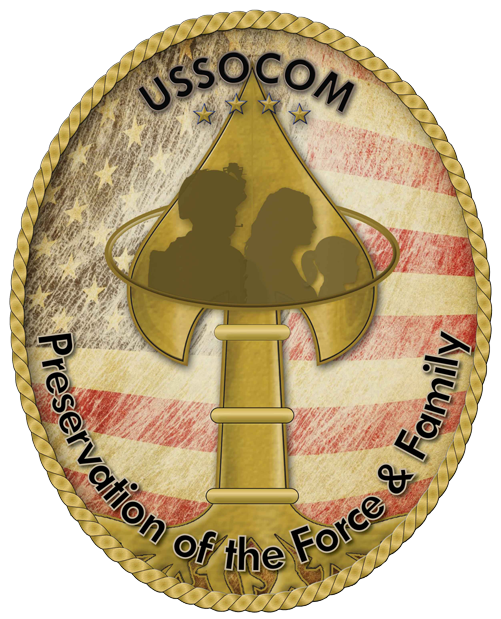Acupuncture
Acupuncture is a low-risk medical treatment that can provide relief for some people with certain types of pain.
By:
Body - Injury Mitigation_d
-
11/15/2018
-
Page Image 1
-
Page Image 2
-
Slider Image
Page Content
Acupuncture is an ancient form of Chinese medicine. Thin needles are inserted into the skin at points of the body that historically were thought to regulate the body's flow of energy. More modern understanding of acupuncture focuses on the needles' influence on nervous system and endocrine functions. It often is used for common health concerns such as headaches and migraines, behavioral health issues, musculoskeletal complaints, and chronic pain.
There are two basic types of acupuncture:
Manual acupuncture is the traditional method in which a practitioner inserts the needles manually at specific locations on the body.
Electroacupuncture, sometimes referred to as Percutaneous Electrical Nerve Stimulation (PENS), is similar to manual acupuncture, with the addition of a small, non-harmful electrical current between pairs of acupuncture needles.
In addition to pain management, acupuncture can improve overall well-being and reduce stress. It generally requires 30–45 minutes, including some time to rest and/or relax. As with many mind-body techniques, acupuncture can supplement other pain treatments.
How it works
Acupuncture is a low-risk treatment that can provide relief for some people with certain types of pain conditions. Researchers continue to examine whether acupuncture is effective in managing pain, and it is still unclear whether it's consistently helpful for different types of pain.
The following highlights some findings from studies that examined the influence of acupuncture on different types of pain:
Acupuncture can improve carpal tunnel syndrome, possibly as well as some medications.
Some evidence suggests that acupuncture might work just as well as some medications for chronic headaches, but the evidence is not conclusive and further research is needed.
There are conflicting reports about how well acupuncture works for chronic pain and migraines.
Acupuncture might be helpful for osteoarthritis, specifically knee pain, as well as plantar heel pain.
Acupuncture is better than no treatment for low-back pain, but at this time it isn't clear whether acupuncture can be considered as effective as other back pain treatments such as stretching, exercise, and medications.
Risks
Acupuncture is "generally considered safe when performed correctly." It is essential to seek out a licensed acupuncturist who is well qualified and uses sterile, disposable needles. Make sure that you and your acupuncturist are aware of the following issues:
The most common side effects are soreness and redness at the needle sites.
In very rare circumstances, if performed incorrectly, it can cause infections or puncture an organ. People with bleeding disorders, women who are pregnant, and (if using PENS) people with pacemakers might be at increased risk for side effects.
Acupuncture should not be a replacement for treatment by a physician, so make sure to discuss with your doctor. It might be useful in conjunction with other treatments. Many physicians also are acupuncturists.
Acupuncture and SOF
According to a 2010 Pain Management Task Force report, DoD and VHA are integrating acupuncture into pain management.
Acupuncture also is being used in theatre for a variety of health concerns, including pain.
Ongoing research and clinical studies are looking at whether acupuncture can help manage pain for service members and veterans. One such study is examining acupuncture to improve quality of life, pain, and sleep for veterans with Gulf War Illness.
Acupuncture.aspx
Related Articles

